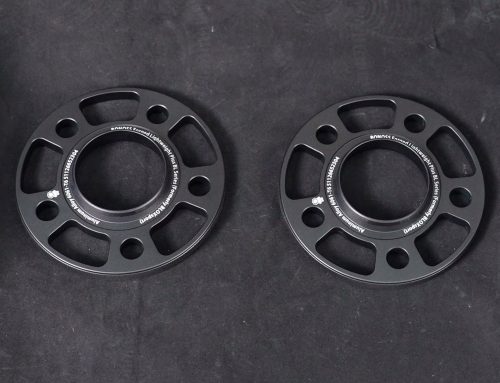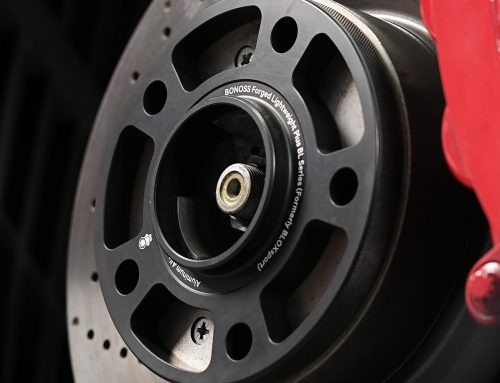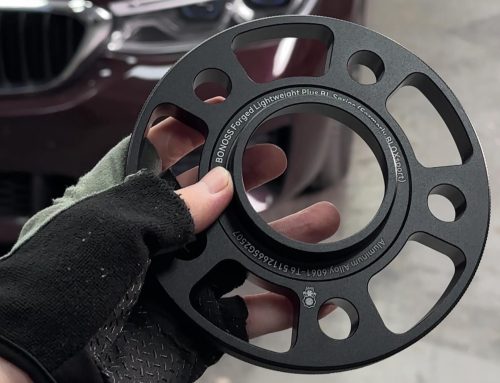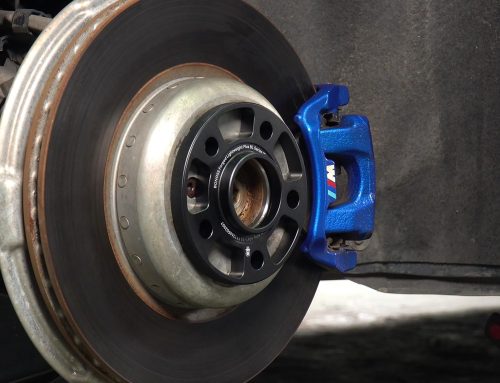If you own a Ford vehicle, you may have experienced the frustrating issue of swollen lug nuts. This problem occurs when the lug nuts on Ford wheels become stuck and very difficult to remove. Swollen lug nuts are most common on Ford trucks, SUVs, and other vehicles that use chrome-plated lug nuts. But what causes this issue in the first place? And what can you do about it? This article will examine the causes of Ford swollen lug nuts and provide tips for fitting them properly to avoid problems down the road.
What Causes Swollen Lug Nuts on Fords?
There are a few key factors that contribute to swollen lug nuts on Ford vehicles.
- Inferior metal – Some lug nuts are made from low-quality metals that are susceptible to seizing up and swelling when exposed to moisture and road salts. The chrome plating on many factory lug nuts also promotes corrosion.
- Over-tightening – It’s easy to over-tighten lug nuts, especially if using pneumatic impact tools. Over-tightening crunches the nut, causing it to bind to the wheel stud. This makes the nuts prone to seizing and swelling later on.
- Corrosion – Road salts, moisture, and chemicals promote corrosion between the lug nut and wheel, causing them to fuse together. This is especially problematic with chrome capped lug nuts.
- Infrequent wheel removal – If wheels are never removed, lug nuts are exposed to the elements for longer periods, increasing corrosion and seizure risk.
How to Fit Swollen Ford Lug Nuts?
When dealing with swollen lug nuts, the only real solution is to completely replace them. But first you need to get the swollen nuts off! Here are some tips for removing stuck Ford lug nuts:
- Use penetrating oil – Spray stuck lug nuts liberally with penetrating oil and allow it to soak in for at least 10-15 minutes before attempting to turn the nut. Reapply frequently.
- Use an impact tool – High torque impact wrenches are the best way to break free frozen lug nuts. Apply steady pressure and let the tool do the work.
- Turn the nut flush with the stud – Before hitting it with the impact, turn the swollen nut flush with the end of the stud to break it free.
- Heat it up – As a last resort, apply heat to the area to help expand and break the bond. Be careful not to overheat the wheel.
- Replace with high-quality lug nuts – Once removed, throw those swollen OEM nuts in the trash and replace them with high-quality aftermarket lug nuts, like those from BONOSS. These won’t swell up like factory nuts.
Why BONOSS Aftermarket Lug Nuts Won’t Swell?
To prevent lug nut swelling, it’s wise to replace factory lug nuts with aftermarket versions made of stronger materials. One popular option is the BONOSS line of Ford replacement lug nuts.
- Manufactured from hardened steel – BONOSS uses tougher steel construction that is stronger than factory nuts. This resists swelling and stripping.
- Precisely machined – Machining ensures perfect fit and proper torque when installed.
- Black coating – The black finish protects against rust and corrosion.
- Meet OEM specifications – Meets Ford’s torque, thread pitch, and size specs for proper fit.
By using proper torque and high-quality aftermarket lug nuts like BONOSS, Ford owners can avoid the annoying problem of swollen lug nuts. Be sure to frequently check and maintain proper torque on wheel lug nuts to prevent dangerous loose wheels. With the right parts and practices, swollen lugs will be a thing of the past.







